How do Wind Turbines Work?
Wind is a form of solar energy. Winds are caused by the uneven heating of the atmosphere by the sun, the irregularities of the earth's surface, and rotation of the earth. Wind flow patterns are modified by the earth's terrain, bodies of water, and vegetation. Humans use this wind flow, or motion energy, for many purposes: sailing, flying a kite, and even generating electricity.
The terms wind energy or wind power describes the process by which the wind is used to generate mechanical power or electricity. Wind turbines convert the kinetic energy in the wind into mechanical power. This mechanical power can be used for specific tasks (such as grinding grain or pumping water) or a generator can convert this mechanical power into electricity.
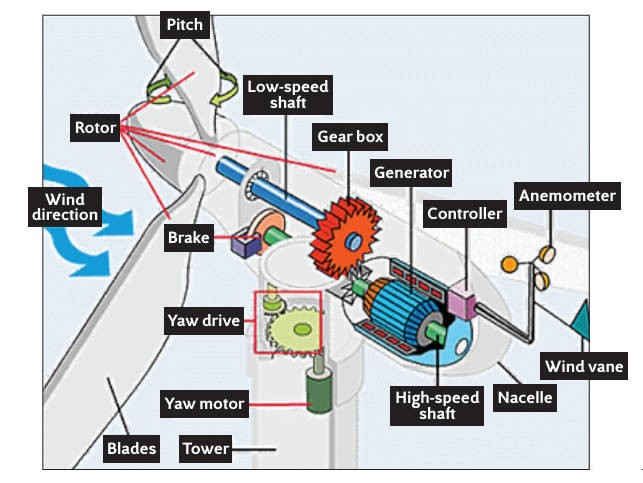
Wind turbines generate electrical power in the same way as all other generation technologies. The only difference is in the source of the mechanical power supplied to the electrical generator: wind, rather than a diesel engine or steam turbine, provides the energy. Blades capture energy in the wind and turn the turbines. Control mechanisms point the blades into the wind (yaw control) and, on large wind turbines, adjust the pitch of the blades (blade angle) as wind speeds change. Typically, a gearbox connects the shaft from the blades (rotor) to the electrical generator.
The electrical generators used on wind turbines may either be induction generators or synchronous generators. The electrical power from the generator is typical 60 Hz, AC power with 600V output for large wind turbines. A transformer may be required to increase or decrease the voltage so it is compatible with the enduse, distribution or transmission voltage, depending on the type of interconnection. Small wind turbines produce a variety of voltages and some produce DC power. Small wind turbines generally require an inverter to match the power output with the load and/or interconnection frequency and voltage.
Energy produced by wind turbines
The nameplate rating of a wind turbine should indicate the capacity or maximum power output of the turbine in kilowatts (kW). This usually occurs at very high wind speeds and is not representative of the average power production over time. Energy production is commonly estimated as the annual average energy or the amount of energy produced over the course of one year. The power produced by a wind turbine at any moment is related to the wind speed at that moment. A power curve for a wind turbine indicates the power produced across the entire operating range of the wind turbine. Wind turbines have a cut-in wind speed, typically about 8 to 9 mph, when they will start to produce a small amount of electricity. Below the cut-in wind speed there is not enough energy in the wind to produce electrical power. Wind turbines also have a cut-out wind speed (very high wind speed) where the wind turbine will shut down to protect the wind turbine from damage.
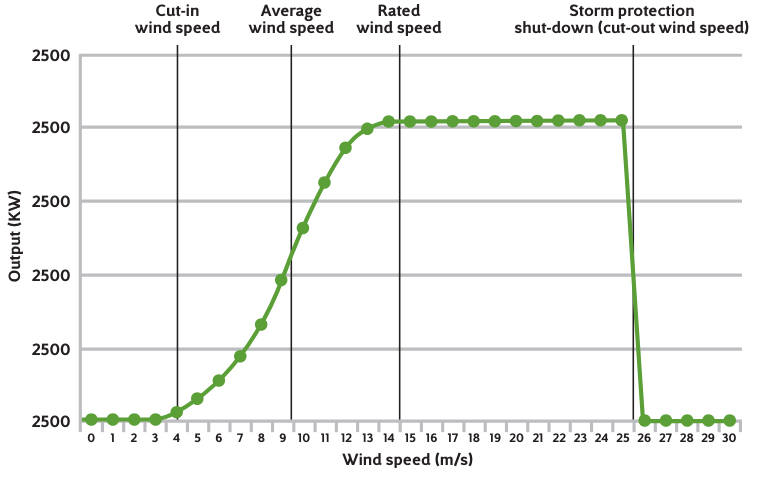
Energy production is estimated from the wind turbine power curve together with an estimation of the amount of time in a year that the wind will be blowing at each specified speed. The wind speed distribution is a function of location. Good wind sites have high and steady wind speed while others have low average wind speed with considerable variability over the course of a day, month and year. The capacity factor (CF) is a single number that is used to estimate annual average energy production from a wind turbine as a percentage of its maximum capacity.
Large turbines located at good wind sites can achieve capacity factors of 40% or more. Small wind turbines located at poor sites can have capacity factors of 20% or less. Remember that the rated power is a property of the wind turbine, while the capacity factor is a property of the location of the wind turbine (a measure of the available wind energy at this location). An example calculation of the estimated annual energy production of a wind turbine with rated capacity of 10 kW located on a site with a capacity factor of 25% is as follows:
If the Wind Stops Blowing Does Energy Supply Stop?
No, it does not. For example, let's say an American buys a homehold horizontal turbine generator and connects it to the grid, even if there is no wind to enjoy the turbine power.
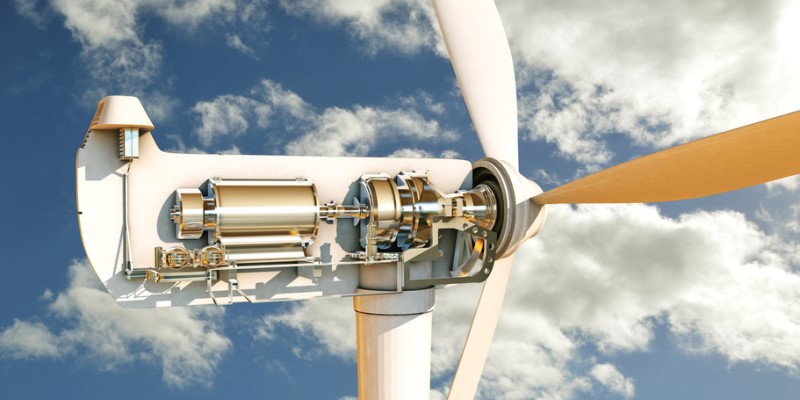
Today’s electric grid consists of a vast network of interconnected power transmission lines that span the U.S. and Canada. Power transmission on the grid is managed by regional system operators whose sophisticated technology allows them to measure and adjust, within seconds, the power supply to any given area. The electric grid is in a constant state of flux—one moment a large industrial motor starts up, at another moment, a squirrel shorts out a transformer—but these supply and demand fluctuations are readily accommodated, just as wind (and solar) intermittency are accommodated. Wind and solar resources become less variable if aggregated across a broader geographic region. The bigger the geographical area linked up by power lines, the more likely it is that the sun is shining or the wind is blowing somewhere within that area.
Even as wind power generation becomes a higher percentage of New York's electric generation than currently exists, modeling shows it will be effectively and economically managed, and thus the intermittent nature of wind will not result in negative impacts on grid reliability or efficiency.5 In addition, through improved forecasting, geographic distribution, and other techniques, wind power does not have to rely on reserve capacity to back up 100 percent of its generation. For example, a study of Minnesota’s grid found that going to 25 percent wind power in the State by 2020 would have no impact on spinning or non-spinning reserve capacity requirements and would require a minimal increase of total operating reserves from 5 percent before the increase in wind power to just over 7 percent.
A modern wind turbine produces at least some electricity 70-85 percent of the time, generating varying quantities of electricity at different wind speeds. The wind is generally stronger at night than in the day, and stronger in the winter than in the summer which makes wind a good complement to solar electric generation. System operators in California, New York and New England have released data showing that wind power provided critical energy when they needed it most in the winter of 2014.
The terms wind energy or wind power describes the process by which the wind is used to generate mechanical power or electricity. Wind turbines convert the kinetic energy in the wind into mechanical power. This mechanical power can be used for specific tasks (such as grinding grain or pumping water) or a generator can convert this mechanical power into electricity.

Wind turbines generate electrical power in the same way as all other generation technologies. The only difference is in the source of the mechanical power supplied to the electrical generator: wind, rather than a diesel engine or steam turbine, provides the energy. Blades capture energy in the wind and turn the turbines. Control mechanisms point the blades into the wind (yaw control) and, on large wind turbines, adjust the pitch of the blades (blade angle) as wind speeds change. Typically, a gearbox connects the shaft from the blades (rotor) to the electrical generator.
The electrical generators used on wind turbines may either be induction generators or synchronous generators. The electrical power from the generator is typical 60 Hz, AC power with 600V output for large wind turbines. A transformer may be required to increase or decrease the voltage so it is compatible with the enduse, distribution or transmission voltage, depending on the type of interconnection. Small wind turbines produce a variety of voltages and some produce DC power. Small wind turbines generally require an inverter to match the power output with the load and/or interconnection frequency and voltage.
Energy produced by wind turbines
The nameplate rating of a wind turbine should indicate the capacity or maximum power output of the turbine in kilowatts (kW). This usually occurs at very high wind speeds and is not representative of the average power production over time. Energy production is commonly estimated as the annual average energy or the amount of energy produced over the course of one year. The power produced by a wind turbine at any moment is related to the wind speed at that moment. A power curve for a wind turbine indicates the power produced across the entire operating range of the wind turbine. Wind turbines have a cut-in wind speed, typically about 8 to 9 mph, when they will start to produce a small amount of electricity. Below the cut-in wind speed there is not enough energy in the wind to produce electrical power. Wind turbines also have a cut-out wind speed (very high wind speed) where the wind turbine will shut down to protect the wind turbine from damage.

Energy production is estimated from the wind turbine power curve together with an estimation of the amount of time in a year that the wind will be blowing at each specified speed. The wind speed distribution is a function of location. Good wind sites have high and steady wind speed while others have low average wind speed with considerable variability over the course of a day, month and year. The capacity factor (CF) is a single number that is used to estimate annual average energy production from a wind turbine as a percentage of its maximum capacity.
Large turbines located at good wind sites can achieve capacity factors of 40% or more. Small wind turbines located at poor sites can have capacity factors of 20% or less. Remember that the rated power is a property of the wind turbine, while the capacity factor is a property of the location of the wind turbine (a measure of the available wind energy at this location). An example calculation of the estimated annual energy production of a wind turbine with rated capacity of 10 kW located on a site with a capacity factor of 25% is as follows:
Capacity (kW) x Capacity Factor x 8760 hrs/yr. = Estimated annual energy production (kWhr/yr)
10 kW Capacity x 0.25 Capacity Factor x 8,760 hrs/yr = 21,900 kWhr/year
If the Wind Stops Blowing Does Energy Supply Stop?
No, it does not. For example, let's say an American buys a homehold horizontal turbine generator and connects it to the grid, even if there is no wind to enjoy the turbine power.

Today’s electric grid consists of a vast network of interconnected power transmission lines that span the U.S. and Canada. Power transmission on the grid is managed by regional system operators whose sophisticated technology allows them to measure and adjust, within seconds, the power supply to any given area. The electric grid is in a constant state of flux—one moment a large industrial motor starts up, at another moment, a squirrel shorts out a transformer—but these supply and demand fluctuations are readily accommodated, just as wind (and solar) intermittency are accommodated. Wind and solar resources become less variable if aggregated across a broader geographic region. The bigger the geographical area linked up by power lines, the more likely it is that the sun is shining or the wind is blowing somewhere within that area.
Even as wind power generation becomes a higher percentage of New York's electric generation than currently exists, modeling shows it will be effectively and economically managed, and thus the intermittent nature of wind will not result in negative impacts on grid reliability or efficiency.5 In addition, through improved forecasting, geographic distribution, and other techniques, wind power does not have to rely on reserve capacity to back up 100 percent of its generation. For example, a study of Minnesota’s grid found that going to 25 percent wind power in the State by 2020 would have no impact on spinning or non-spinning reserve capacity requirements and would require a minimal increase of total operating reserves from 5 percent before the increase in wind power to just over 7 percent.
A modern wind turbine produces at least some electricity 70-85 percent of the time, generating varying quantities of electricity at different wind speeds. The wind is generally stronger at night than in the day, and stronger in the winter than in the summer which makes wind a good complement to solar electric generation. System operators in California, New York and New England have released data showing that wind power provided critical energy when they needed it most in the winter of 2014.
Post a Comment:
You may also like:

Featured Articles
What Sounds Do Turbines Make?
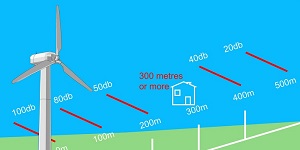 Modern low RPM (Revolutions Per Minute) turbines are very quiet, with sound levels usually below that of typical ambient noise in ...
Modern low RPM (Revolutions Per Minute) turbines are very quiet, with sound levels usually below that of typical ambient noise in ...
 Modern low RPM (Revolutions Per Minute) turbines are very quiet, with sound levels usually below that of typical ambient noise in ...
Modern low RPM (Revolutions Per Minute) turbines are very quiet, with sound levels usually below that of typical ambient noise in ...Does the Sound of Wind Turbines Affect ...
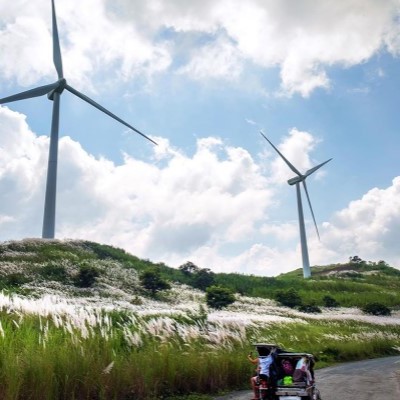 With respect to wind turbine noise, the one adverse impact that is supported by epidemiological data is an association between ...
With respect to wind turbine noise, the one adverse impact that is supported by epidemiological data is an association between ...
 With respect to wind turbine noise, the one adverse impact that is supported by epidemiological data is an association between ...
With respect to wind turbine noise, the one adverse impact that is supported by epidemiological data is an association between ...Is Wind Energy Practical for Me?
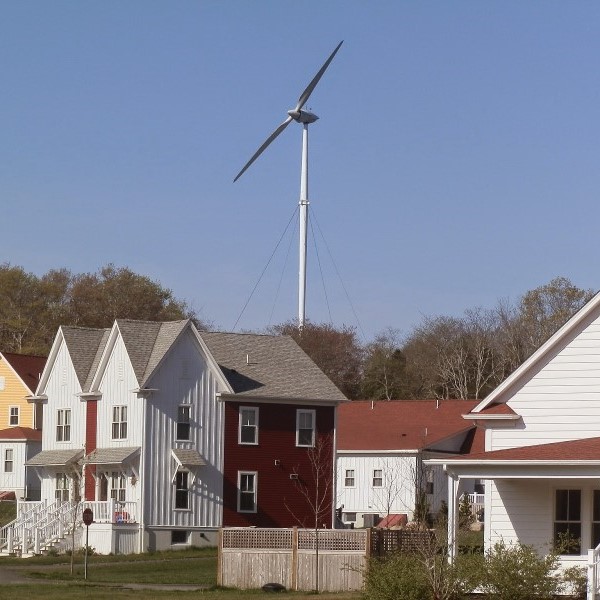 Can I use wind energy to power my home? More people across the country are asking this question as they look for a hedge ...
Can I use wind energy to power my home? More people across the country are asking this question as they look for a hedge ...
 Can I use wind energy to power my home? More people across the country are asking this question as they look for a hedge ...
Can I use wind energy to power my home? More people across the country are asking this question as they look for a hedge ...How Much Energy Will Wind Turbine ...
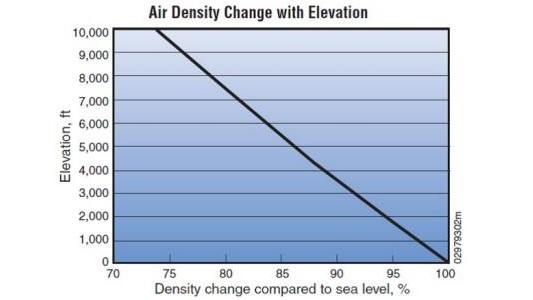 According to the AWEA Small Wind Turbine Performance and Safety Standard, the Rated Annual Energy of a wind turbine for ...
According to the AWEA Small Wind Turbine Performance and Safety Standard, the Rated Annual Energy of a wind turbine for ...
 According to the AWEA Small Wind Turbine Performance and Safety Standard, the Rated Annual Energy of a wind turbine for ...
According to the AWEA Small Wind Turbine Performance and Safety Standard, the Rated Annual Energy of a wind turbine for ...How do Wind Turbines Work?
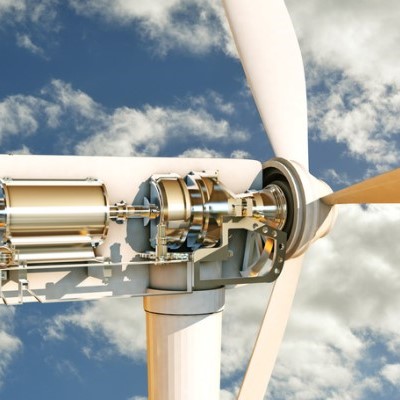 Wind turbines generate electrical power in the same way as all other generation technologies. The only difference is in the ...
Wind turbines generate electrical power in the same way as all other generation technologies. The only difference is in the ...
 Wind turbines generate electrical power in the same way as all other generation technologies. The only difference is in the ...
Wind turbines generate electrical power in the same way as all other generation technologies. The only difference is in the ...